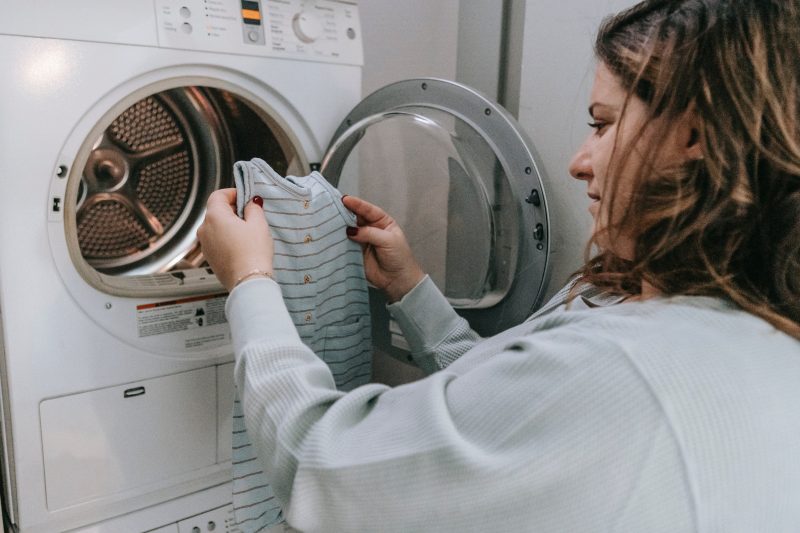The tumble dryer is one of the most popular home appliances. It’s convenient, it’s fast, and it can be used for more than just drying clothes. But it also uses a lot of energy.
Tumble dryers use a huge amount of your household’s electricity each year! This article will discuss how much energy your tumble dryer uses and what you can do to reduce that cost.

Do Tumble Dryers Use a Lot of Electricity?
Tumble dryers do use a lot of electricity, but you can reduce the amount of energy your tumble dryer uses. The aim is to maximize the amount of drying time you get for your clothes while minimizing the amount of time and energy required from your machine.
There are several quick ways to achieve this, for long-term ways to reduce your energy consumption, click here.
Use a lower temperature setting, the higher the temperature setting on a tumble dryer, the more energy it will consume to heat the water inside it. Lowering this setting will mean that less power is used, making for lower costs as well as improved efficiency over time (since heat does wear out some components).
You should also check whether or not any particular load has its own pre-set cycle designed specifically for that load type—these cycles often use less energy than standard ones because they’re designed around what’s best suited given what’s being washed/dried at any given time!
Energy Consumption of a Condenser Tumble Dryer
Condenser dryers are more efficient than vented dryers because they don’t lose hot air through a discharge vent. They are more expensive because they use an electric condenser to heat excess moisture out of the air and then recirculate it back into the drum.
This requires additional energy, which is why you pay more for this type of tumble dryer. You get what you pay for when it comes to condenser tumble dryers—they’re quieter than their counterpart models since there’s no need for an exhaust pipe or fan at all!
Energy Consumption of a Vented Tumble Dryer
If you want to get technical, a vented tumble dryer uses a lot more energy than a condenser tumble dryer. The reason for this is that when cool air is removed from the drum of the vented machine, it needs to be replaced with warm air for your clothes to be dried effectively.
The amount of energy used depends on the type of tumble dryer and its efficiency rating. You should also consider how many people are using the appliance at one time, the larger load means more electricity used. Take into consideration what type of clothes are being dried, lighter fabrics such as cotton tend to use less power than heavier materials like wool.
How To Reduce the Energy Consumption of Your Tumble Dryer
To reduce the energy consumption of your tumble dryer, you need to make sure that you are using the right type and setting for your laundry load. Here are quick tips to reduce your energy consumption when using your tumble dryer.
- Check the Energy Rating of Your Tumble Dryer
The most efficient models have an A+++ rating, but even those with lower efficiency (A or A+) will still cost less to run in electricity than poorly rated models.
- Choose a Front-loading Tumble Dryer
Use a front-loading model if possible as these tend to be more efficient than top-loaders due to their design and also because they have a reduced drying time. There are some new models available that have both a front opening door which makes loading easier as well as being extremely energy efficient.
- Using a Low-tumble Setting
The lower the temperature, the less electricity it takes to heat your laundry (and dry it out). Sure it might take a little longer to dry your clothes, but a lower heat setting on the drier is also less likely to damage your clothes meaning they will last longer.
Final Thoughts
If you’re looking to save money and reduce your energy usage, then it might be worth considering an energy-efficient tumble dryer. While they do use a lot of power, there are also many different ways in which we can reduce the amount of energy our tumble dryers use – from choosing an efficient model to using smarter ways of drying clothes like line drying or air drying them instead.
Latest posts by Canadian Home Trends (see all)
- Dining Room Design Tips - July 2, 2025
- Practical Luxury in Forest Grove - July 2, 2025
- The Hidden Value of Great Design - July 2, 2025






